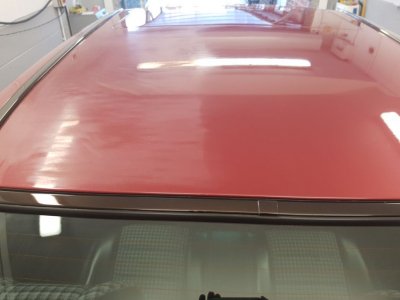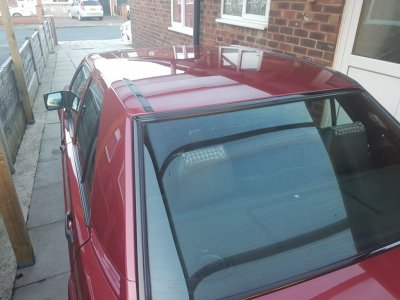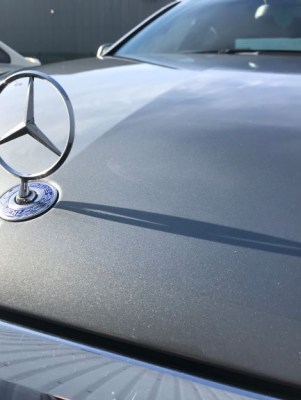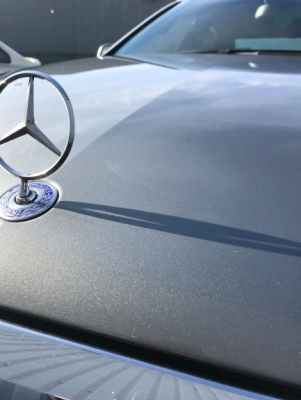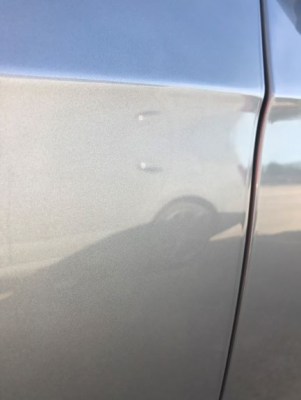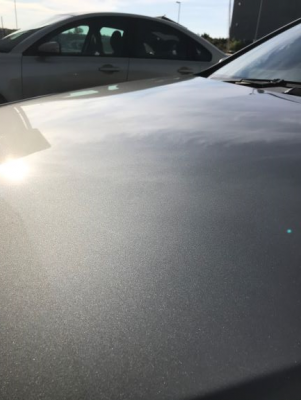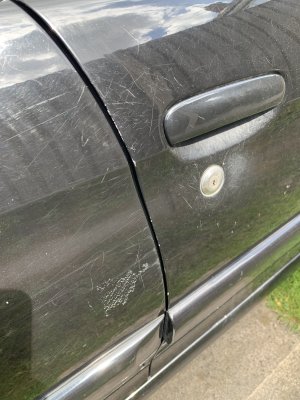Sorry guys i didnt take photos on this occasion but just wanted to say how simple it was to (gently carefully slowly) wet sand a top coat scratch back to zero with 3000 grit then 5000 grit, and using a Lake Country micro fibre cutting pad with Menzerna 400 high cut compound with a DA, it took 30 seconds to polish out the 5000 scratches to a 100% perfect gloss. The whole process took 5 minutes.
I have other scratches i need to attend to so i will be sure to take before and after shots. Having done this though its given me the confidence to touch up a deeper scratch (through to base coat) with a Palladium grey touch up kit i just bought with seperate top coat (leave to cure for 5 days) and to sand it back and buff out, i will also take before & after shots of this.
And on another note, my roof is quite badly swirled and has very noticeable drive through car wash scratches so my plan is to (using my DA for the whole process) wet sand my entire roof with a 6" interface pad and 6" 3000 & 6000 grit Trizact pads and cut back with Menzerna HC400/microfibre cutting pad, polish with Auto Finesse Tripple, finish with Turtle wax Hybrid Ceramic polish & wax using a Lake Country finishing foam pad.
Extreme i know, softly slowly catchy monkey, but watch this space.
I have other scratches i need to attend to so i will be sure to take before and after shots. Having done this though its given me the confidence to touch up a deeper scratch (through to base coat) with a Palladium grey touch up kit i just bought with seperate top coat (leave to cure for 5 days) and to sand it back and buff out, i will also take before & after shots of this.
And on another note, my roof is quite badly swirled and has very noticeable drive through car wash scratches so my plan is to (using my DA for the whole process) wet sand my entire roof with a 6" interface pad and 6" 3000 & 6000 grit Trizact pads and cut back with Menzerna HC400/microfibre cutting pad, polish with Auto Finesse Tripple, finish with Turtle wax Hybrid Ceramic polish & wax using a Lake Country finishing foam pad.
Extreme i know, softly slowly catchy monkey, but watch this space.

